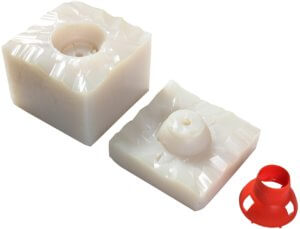Urethane Casting
Get Online Quotes in 12 Hours
Urethane Casting
- The world’s only 12-hours injection molding quote
- Samples shipped in as little as 15 days

THE BEST BRANDS PUT THEIR TRUST IN JINTAI MOLD






Urethane Casting
Urethane casting, often called Vacuum Casting, is a manufacturing process used for rapid prototyping and low production runs. The urethane casting process involves pouring liquid urethane material into a silicone mold, followed by curing in an oven, and then removing the plastic part from the mold once it has cooled. Secondary operations commonly used in production settings can also be performed on the cast parts if desired. Urethane casting is ideal for low-volume part runs and prototypes. The silicone molds do not last long and will typically only cast about 20 parts. The silicone mold is easy and relatively inexpensive to make, giving urethane casting a unique advantage over other plastic part manufacturing processes like production injection molding in low volume scenarios.
The first step in the urethane casting process is to create the mold from a model or master pattern. Master patterns can be created with CNC machining, 3D printing, or by using an already existing product. The pattern is encased in quick-curing liquid silicone. After the silicone has cured, the mold is cut in half and the model item is removed to reveal a negative. The negative formed by the master pattern is then used for casting the end product.
Is Urethane Casting Expensive?
Urethane Casting Services

